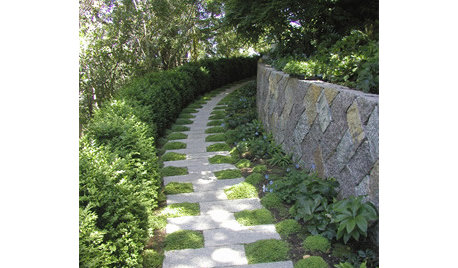I need a plan to resuscitate
chris_chicago
9 years ago
Featured Answer
Sort by:Oldest
Comments (19)
chris_chicago
9 years agoRelated Professionals
Danbury Landscape Architects & Landscape Designers · Tempe Landscape Architects & Landscape Designers · Middle Island Landscape Architects & Landscape Designers · Southfield Landscape Architects & Landscape Designers · Tomball Landscape Architects & Landscape Designers · Harvey Landscape Architects & Landscape Designers · Burlington Landscape Contractors · Canton Landscape Contractors · Alamo Landscape Contractors · Azalea Park Landscape Contractors · Cedar Hill Landscape Contractors · Fairfield Landscape Contractors · Indianapolis Landscape Contractors · Longview Landscape Contractors · Shoreview Landscape Contractorsmaplerbirch
9 years agochris_chicago
9 years agomorpheuspa (6B/7A, E. PA)
9 years agochris_chicago
9 years agochris_chicago
9 years agomorpheuspa (6B/7A, E. PA)
9 years agochris_chicago
9 years agomorpheuspa (6B/7A, E. PA)
9 years agochris_chicago
9 years agomaplerbirch
9 years agochris_chicago
9 years agochris_chicago
8 years agolast modified: 8 years agodchall_san_antonio
8 years agochris_chicago
8 years agomorpheuspa (6B/7A, E. PA)
8 years agochris_chicago
8 years ago
Related Stories

ARCHITECTUREOpen Plan Not Your Thing? Try ‘Broken Plan’
This modern spin on open-plan living offers greater privacy while retaining a sense of flow
Full Story
FUN HOUZZEverything I Need to Know About Decorating I Learned from Downton Abbey
Mind your manors with these 10 decorating tips from the PBS series, returning on January 5
Full Story
KITCHEN DESIGNHouse Planning: How to Set Up Your Kitchen
Where to Put All Those Pots, Plates, Silverware, Utensils, Casseroles...
Full Story
LIFEYour Back-to-School Game Plan
Set up a few systems now for an easy and organized routine when school starts
Full Story
LIFEFall Planning for a Successful Big Spring Party
Get started now on assessing, completing home projects and cleaning to keep party stress and effort to a minimum come spring
Full Story
LIVING ROOMSLay Out Your Living Room: Floor Plan Ideas for Rooms Small to Large
Take the guesswork — and backbreaking experimenting — out of furniture arranging with these living room layout concepts
Full Story
KITCHEN WORKBOOKHow to Plan Your Kitchen Space During a Remodel
Good design may be more critical in the kitchen than in any other room. These tips for working with a pro can help
Full Story
REMODELING GUIDES10 Things to Consider When Creating an Open Floor Plan
A pro offers advice for designing a space that will be comfortable and functional
Full StoryMore Discussions










yardtractor1